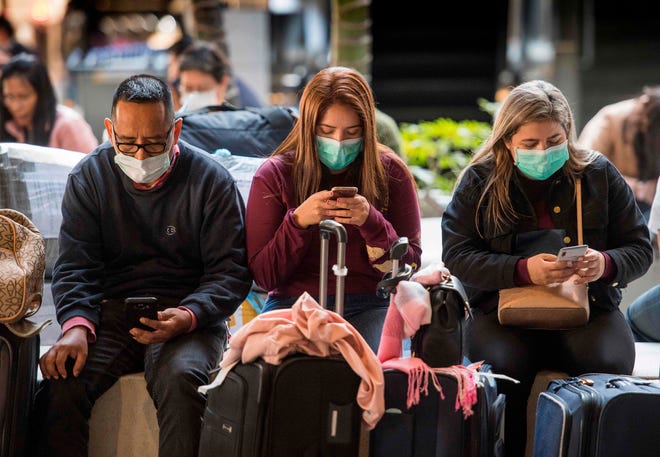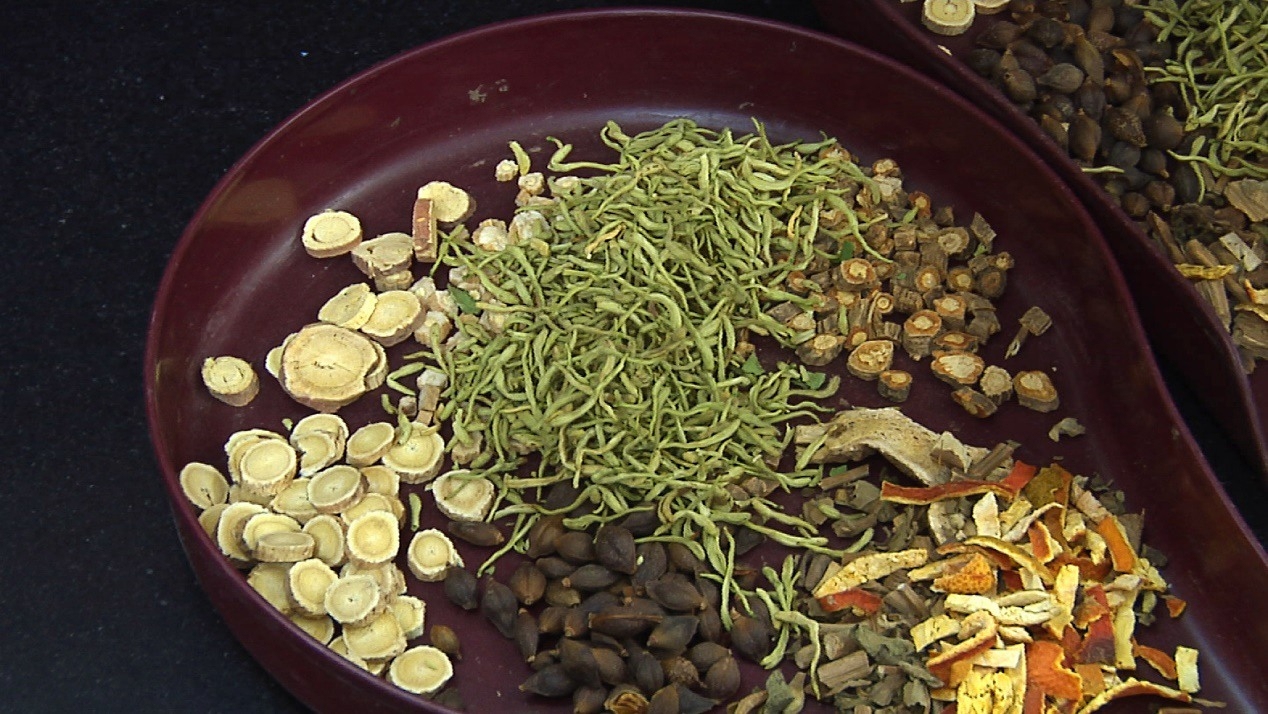Coronavirus: Worldwide cases overtake 2003 Sars outbreak
31 January 2020
The number of coronavirus cases worldwide has overtaken that of the Sars epidemic, which spread to more than two dozen countries in 2003.
There were around 8,100 cases of Sars - severe acute respiratory syndrome - reported during the eight-month outbreak.
But nearly 10,000 cases of the new virus have been confirmed, most in China, since it emerged in December.
More than 100 cases have been reported outside China, in 22 countries.
The number of deaths so far stands at 213 - all in China. In total, 774 people were killed by Sars.
On Thursday, the World Health Organization (WHO) declared a global health emergency over the new outbreak.
The UK on Friday confirmed its first two cases of the virus.
In another development, the US also declared a public health emergency and said it would bar any foreign nationals who have visited China in the past two weeks from entering the country.
Estimates by the University of Hong Kong suggest the true total number of cases could be far higher than official figures suggest. Based on mathematical models of the outbreak, experts there say more than 75,000 people may have been infected in the Chinese city of Wuhan alone, where the virus originated.
Most cases outside China are in people who have been to Wuhan. But Germany, Japan, Vietnam, the United States, Thailand and South Korea have reported person-to-person cases - patients being infected by people who had travelled to China.
Wuhan's Communist Party chief said on Friday the city should have taken measures sooner to contain the virus.
"If strict control measures had been taken earlier, the result would have been better than now," Ma Guoqiang told state broadcaster CCTV.
As governments around the world acted to contain the virus, WHO spokesman Chris Lindmeier warned that closing borders could in fact accelerate its spread, with travellers entering countries unofficially.
"As we know from other scenarios, be it Ebola or other cases, whenever people want to travel, they will. And if the official paths are not opened, they will find unofficial paths," he said.
He said the best way to track the virus was at official border crossings.
How does this outbreak compare to Sars?
Sars was a type of coronavirus that first emerged in China's Guangdong province in November 2002. By the time the outbreak ended the following July, it had spread to more than two dozen countries.
The new coronavirus emerged only last month. So far, it has spread to fewer countries and - while more people have been infected globally - it has resulted in fewer deaths.
On Wednesday, the number of confirmed cases within China surpassed the Sars epidemic.
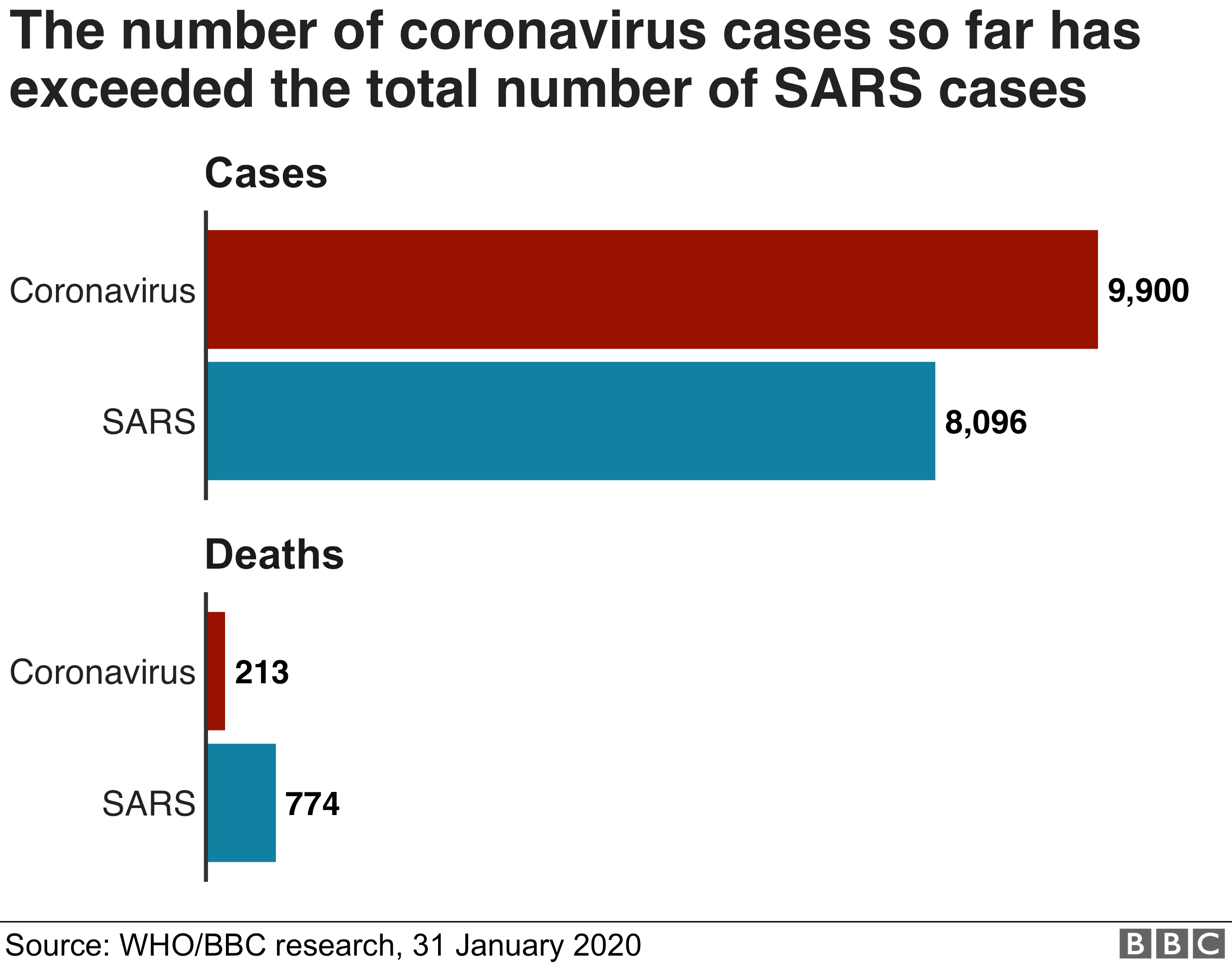
Sars was also estimated to have cost the global economy more than $30bn (£22bn).
But economists have said the new coronavirus could have an even bigger impact on the world economy. It has forced global companies including tech giants, car makers and retailers to shut down temporarily in China.
China was also criticised by the UN's global health body for concealing the scale of the original Sars outbreak.
It has been praised for responding to the latest virus with tough measures, including effectively quarantining millions of residents in cities.
But in his interview with CCTV on Friday, the Wuhan Communist Party chief said transport restrictions should have been brought in at least 10 days earlier.
"The epidemic may have been alleviated somewhat, and not got to the current situation," Mr Ma said.
The estimates from the University of Hong Kong suggest the epidemic is doubling in size roughly every week and that multiple Chinese cities may have imported sufficient cases to start local epidemics.
"Large cities overseas with close transport links to China could potentially also become outbreak epicentres because of substantial spread of pre-symptomatic cases unless substantial public health interventions at both the population and personal levels are implemented immediately," Professor Joseph Wu said.
Harder to spot and harder to stop
Why is this outbreak more difficult to stop than Sars?
The answer is not down to China - the speed and scale of the country's response to this new virus is widely considered to be unprecedented. The difference is the way the virus behaves inside the human body.
Sars was a brutal infection that you couldn't miss - patients were contagious only when they had symptoms. This made it relatively easy to isolate the sick and quarantine anyone who might have been exposed.
But the new virus, 2019-nCov, is harder to spot and therefore harder to stop.
From the virus's perspective, it has a far smarter evolutionary survival strategy than Sars.
The best estimate is only one-in-five cases cause severe symptoms, so instead of infected people turning up in hospital, you have to go out and find them.
And we are getting detailed documented cases of people spreading the virus before they even have symptoms.
There is a tendency to focus only on how deadly a virus is. But it is this, in combination with a virus's ability to spread, that determines its true threat.
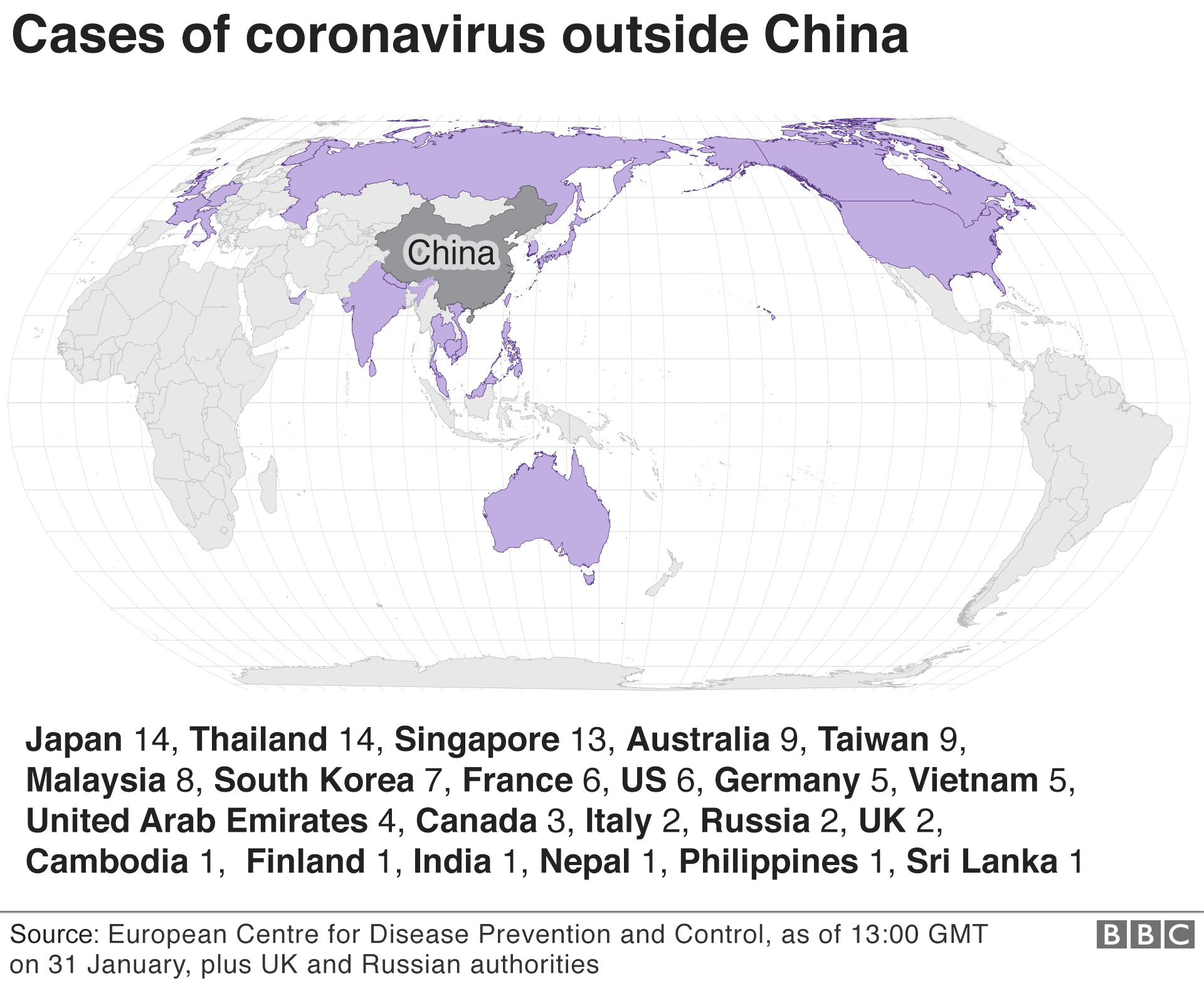
How is China handling this?
A confirmed case in Tibet means the virus has now reached every region in mainland China.
The central province of Hubei, where nearly all deaths have occurred, is in a state of lockdown. The province of 60 million people is home to Wuhan, which is at the heart of the outbreak.
The city has effectively been sealed off and China has put numerous transport restrictions in place to curb the spread of the virus. People who have been in Hubei are also being told to work from home.
China has said it will send charter planes to bring back Hubei residents who are overseas "as soon as possible". A foreign ministry spokesman said this was because of the "practical difficulties" Chinese citizens had faced abroad.
The virus is affecting China's economy, the world's second-largest, with a growing number of countries advising their citizens to avoid all non-essential travel to the country.
How is the world responding?
Voluntary evacuations of hundreds of foreign nationals from Wuhan are under way.
The UK, Australia, South Korea, Singapore and New Zealand are expected to quarantine all evacuees for two weeks to monitor them for symptoms and avoid contagion.
Australia plans to quarantine its evacuees on Christmas Island, 2,000km (1,200 miles) from the mainland in a detention centre that has been used to house asylum seekers.
In other recent developments:
Sweden confirmed its first case - a woman in her 20s who arrived in the country on 24 January after visiting the Wuhan area
Russia said two Chinese citizens had been placed in isolation after they tested positive for the virus
Singapore closed its borders to all travellers from China
Germany confirmed its seventh case - a man from a company in Bavaria where five other workers have tested positive
Italy declared a six-month state of emergency after two Chinese tourists in Rome were diagnosed with the coronavirus
Thailand confirmed its first case of human-to-human transmission
Mongolia suspended all arrivals from China until 2 March. It also banned its citizens from travelling to the country
In the US, Chicago health officials reported the first US case of human-to-human transmission
Russia decided to close its 4,300km (2,670-mile) far-eastern border with China
Japan raised its infectious disease advisory level for China
Some 250 French nationals were evacuated from Wuhan
India confirmed its first case of the virus - a student in the southern state of Kerala who was studying in Wuhan
Israel barred all flight connections with China
North Korea suspended all flights and trains to and from China, said the British ambassador to North Korea
Guatemala announced new travel restrictions, saying anyone who had been to China in the past 15 days would be prevented from reaching the country





 Reply With Quote
Reply With Quote



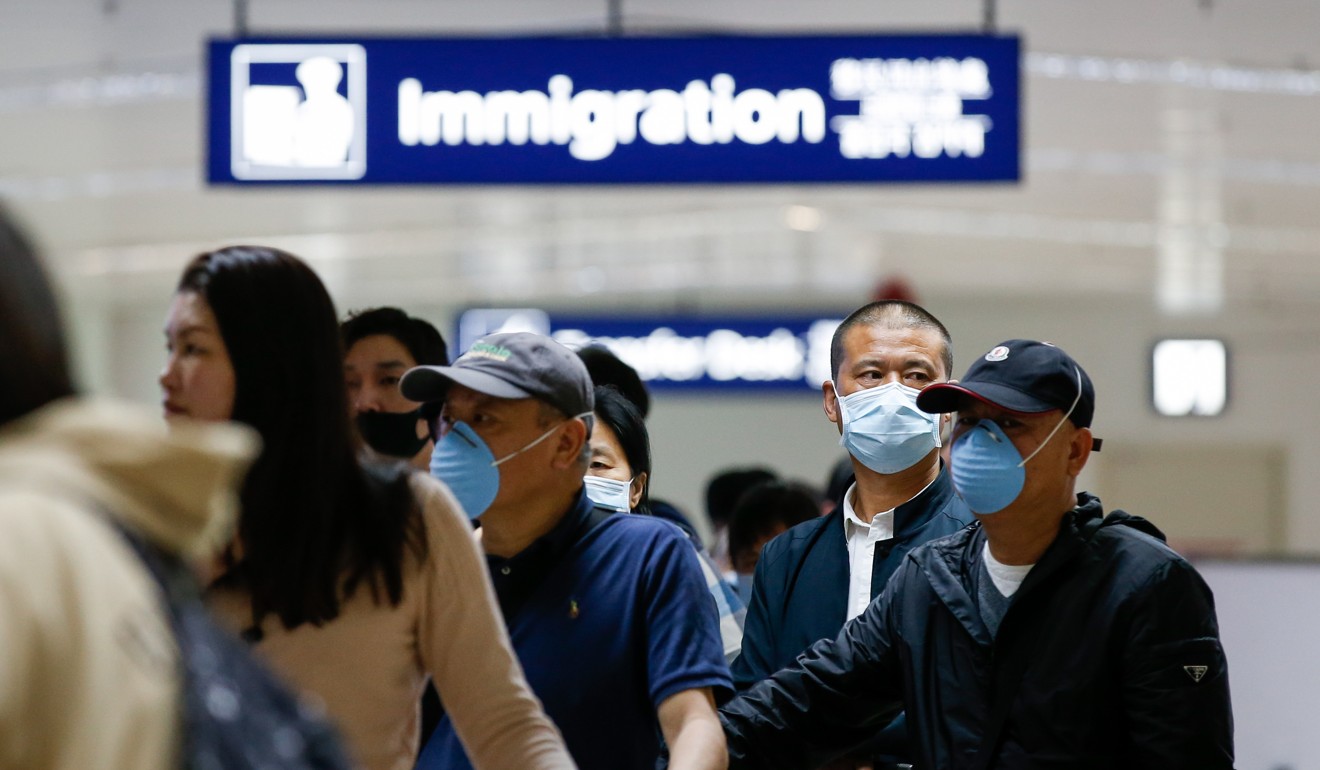
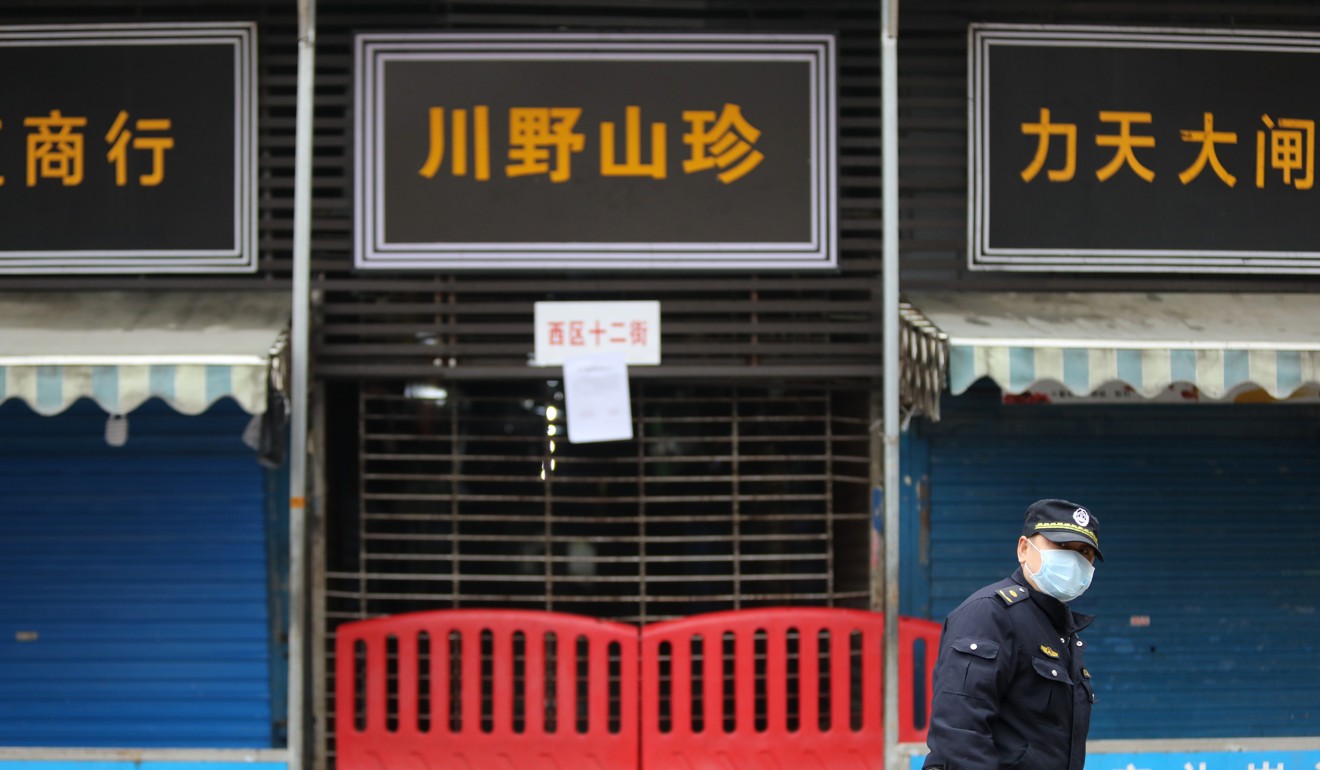


 The news is happening so quickly that it's hard to keep up.
The news is happening so quickly that it's hard to keep up. 




